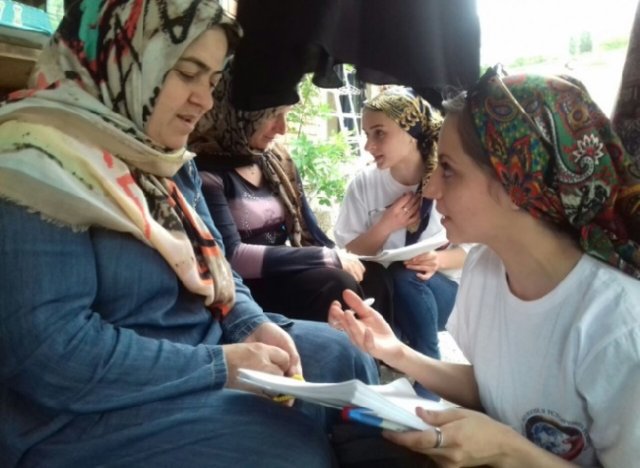

Universities' third mission activities: Case study from Egypt
Universities are essential constituents in the socio-economic development, as proposed by the Triple Helix Model presented by Loet Leydesdorff and Henry Etzkowitz in the 1990s. Innovation is an important element related to the socio-economic development. On the other hand, a university can foster innovation by being the main source of knowledge and technological advancements. In the late 20th century, the concept of Entrepreneurial University evolved. This concept revolves around the universities that include socio-economic development as its third mission beside their basic two missions, namely: teaching and research. This third mission can be defined as a range of activities involving the university's interaction with the community and the usage of its capabilities outside the academic environment. Being a developing country, Egypt needs to improve its global competitiveness through developing its economic and social status. With the tremendous speed of technological advancements and the emergence of knowledge economy, the need for improvement necessitates the reformation of the Egyptian higher education system in order to meet the current and future needs of the Egyptian community. Such reforms can help create a new holistic understanding of the universities' role. This research is an assessment based on the perspectives of universities' professors regarding the third mission role as applied to three large Egyptian governmental universities. The assessment of this role can help in the reformation of the Egyptian higher education system. The assessment evaluates the existence of some pre-conditions for the universities' to achieve their third mission. It also evaluates the role of the universities' main actors and the universities' link with their partners. The current status of the third mission activities, filtered from literature, is analyzed in depth. The research is a qualitative type of research using multiple case studies. The chosen study sample is from the faculties of Electrical Engineering in the aforementioned three Egyptian governmental universities. The methodology involves semi-structured interviews with the universities' professors and a research funding agency to gather the required data. The research results are concluded by grouping and summarizing the common strengths and obstacles facing the universities in developing their third mission role. Some initiatives taken towards developing the universities' third mission role are also discussed. Lastly, a list of recommendations is proposed for developing such role. The development of the universities' third mission role is believed to contribute positively to the Egyptian socio-economic development.